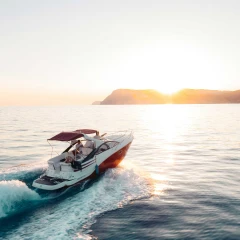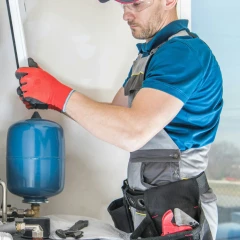













Every recreational boat in the United States built or imported after 1972 is required to have a Hull Identification Number (HIN). This unique code helps identify the vessel and track its history. HIN requirements discussed here apply to most recreational boats in the United States. Regulations in other countries may differ.
The U.S. Coast Guard began requiring HINs in 1972 to help combat boat theft, improve recall efficiency, and standardize vessel identification. Similar to a Vehicle Identification Number (VIN) on cars, the HIN provides critical details about the manufacturer and the boat’s production date.
Most boats have the HIN engraved or molded into the upper right corner of the transom. On vessels without a transom, it may be located on the starboard side, near the stern. A secondary, hidden HIN is often placed inside the hull for verification purposes.
In rare theft cases, criminals may alter or remove a boat’s HIN to hide its identity. Record your HIN, store it in a safe location, and consider taking clear photos for documentation. This can help in recovery efforts if your boat is stolen.
Your boat’s HIN is more than just a number—it’s your vessel’s identity. Knowing where to find it, how to protect it, and why it matters helps safeguard your investment and comply with the law.
This article is for general informational purposes only and does not replace official state or federal boating regulations. Always confirm requirements with your state boating authority or the U.S. Coast Guard before making decisions about HINs.
